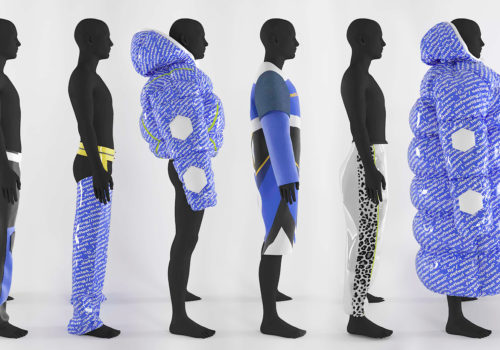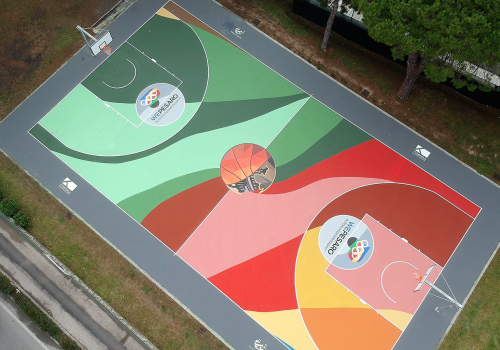Towards a just transition, being a candidate for the world capital of sustainability
Venice? «It is the height of fragility and beauty, the worst in terms of the birthrate, and it is also a city that is representative of the difficulties involved in urban planning for water, earth and sky, where everything is constrained with respect “to the respect” due the conservation of the existing. It is the most international city in the world, with 40 million tourists in 2019 in a Region that, while extending from the Dolomites to Lake Garda to the Po Valley, counts less than 5 million inhabitants. Venice must be a laboratory, not in vitro but in life, to demonstrate that it is “the most ancient city of the future”, as it was defined by Venisia (the Venice Sustainability Innovation Accelerator)». Elena Donazzan, the councillor for education, training, labour and equal opportunity for the Regione Veneto, spoke on day one of the fifth Sustainability Forum, organized by Fortune Italia magazine in collaboration with the Università Ca’ Foscari, «the first university to have introduced the theme of sustainability in its statute», as the pro-Rector Antonio Marcomini underscored.
Path to a Just Transition – Innovation and International Cooperation. This is the title of the event that seeks to foster a debate on the theme of the energy transition (in light of the results of the COP 27 held in February in Egypt) with a specific focus on the impact of this transition on the cultural, economic and geopolitical system in Europe. «An expanded debate to overcome the misconception that the word sustainability means abstaining from action. This is a hyper-environmentalist conception that risks tainting the debate on this theme», commented the City Councillor for Economic Development Simone Venturini.
Venice, a candidate for “World Capital of Sustainability”, is under the spotlight.
It looks to the future, after having represented a model of sustainability for many years, in trade and in its democratic organization. A model of land management: a State that has manipulated nature to survive. The proactive history of the Repubblica Serenissima di Venezia may serve as the foundation for a reflection on sustainability, as the President of the Fondazione Renato Brunetta remarked.
The Fondazione as a magnet for economic development to encourage sustainability, for a city that is equally attractive to talent, young people and businesses. Brunetta told the audiences of the Fortune forum that the idea of the «world capital of sustainability arose at the regional level with partners such as Eni and Snam, to address great challenges such as that of hydrogen. The endgame is for Venice to remain a model for the rest of the world». A story that serves as an alternative to the tale of a city that is sinking, destroyed by the high tides, or of the city of the “MOSE as a scandal”, referring to the public work that was completed 40 years after it was initially conceived, after 20 years of construction. «Inverting a paradigm». The president of the foundation remarks on the uniqueness of the island in the middle of the lagoon, which across history has privileged «types of production with a high added value, which traded silks and spices, where there were dozens of publishers who printed 90% of the books published in the world».
Culture and human capital as a lever for economic and social sustainability.
Venice was a city that was mindful of the theme of health, with its hospitals and lazzaretti for the control of infectious diseases. Their attention to the environment may be seen in the appointment of the Magistrate for the Waters. Distant and more recent references, «and with the licence of history – said Brunetta – Venice wishes to present itself before the world once again with projects and solutions, even exporting techniques, including those tied to hydraulic engineering».
Beginning holistically with the economy, Brunetta underscores the urgency of holding it all together, Venice with its Special Law, and Venice with the contradictions of the new century including the cruise ships, «with the possibility of starting over again», to re-energize the city by changing how we look at it, not as a scenographic landscape for tourists or spectacular events (with reference to the recent fashion shows, editor’s note) but as a city for every generation».
The president of the foundation recalls the city’s 50 thousand inhabitants, «a datum that city planners say cannot hold up in terms of scale economy. The city must be the object of productive and sustainable investments, from a new port economy to tourism, to Porto Marghera».
«The excellence we have to export is called sustainability», says Brunetta, as he evokes the life in the lagoon and its cleanliness, the people who live and work in Venice, and the system that protects the sea, «the result of the intelligence, the patents, and the technological continuity with the ancient culture of the Venetians».
On the cover: Venezia, ph. ©Lucie Brodecká via Flickr
©ALL RIGHTS RESERVED





